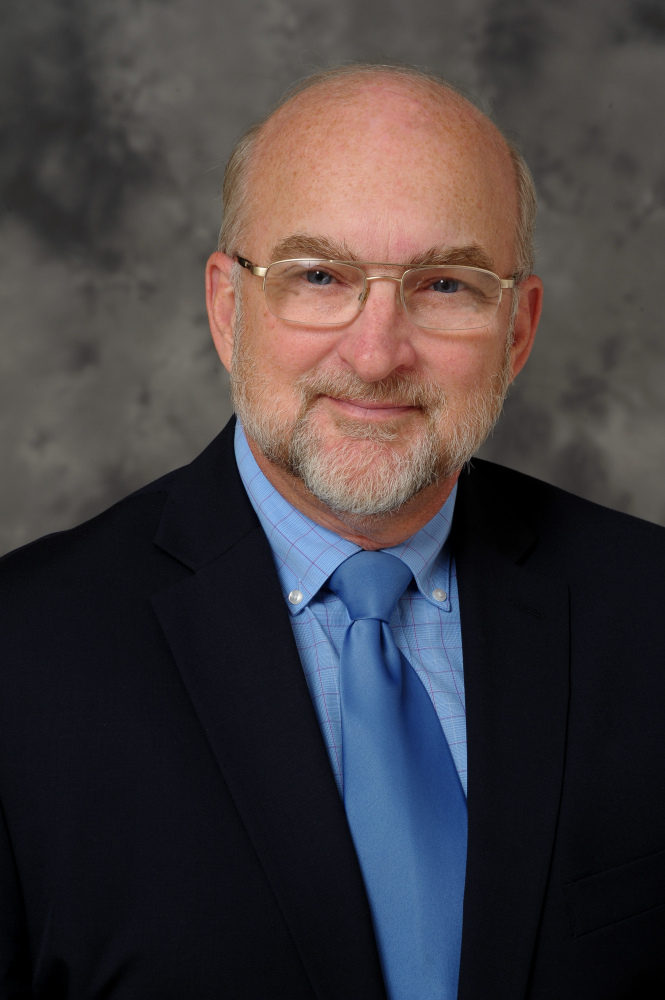|
September – October 2020
A message from Dr. William Beecroft
Understanding the link between opioid use and suicide
 September is Suicide Prevention Awareness Month, a time to reflect on this growing public health concern, the toll it’s taking on our communities and what we can do about it. September is Suicide Prevention Awareness Month, a time to reflect on this growing public health concern, the toll it’s taking on our communities and what we can do about it.
One dimension of this issue that I haven’t addressed in previous columns on this topic is the link between suicide and opioid use. In the U.S., the combined number of deaths among Americans from suicide and unintentional overdose increased from 41,364 in 2000 to 110,749 in 2017 — a number that exceeds the number of deaths from diabetes since 2010, according to the Centers for Disease Control and Prevention. An article* last year in The New England Journal of Medicine explores the role that opioid use plays in fueling rates of suicide and unintentional overdose, and is worth reading.
Researchers have found that weekly or more frequent opioid use is associated with suicidal ideation, suicide planning and suicide attempts, according to a flyer* distributed by the U.S. Department of Veterans Affairs. It appears that the risk for suicide increases as the daily dosage of opioids increases. Here are three possible reasons:
- Opioid use influences impulsivity. Those who are intoxicated have difficulty making clear choices or accessing the higher functions of the brain.
- Those who are addicted to opioids are living in reduced social circumstances. Many are unemployed, with a narrow circle of non-using friends. They feel trapped by their addiction and may think suicide is the only way out.
- Opioids alter the perception of pain. While the physical sensation of pain may remain, they don’t care as much so are more likely to hurt themselves. Opioids decrease fear and anxiety.
Such negative effects of opioids are among the reasons Blue Cross Blue Shield of Michigan has taken a multipronged approach to battling the opioid epidemic over the past several years. Our efforts include education, advocacy, pharmacy programs and incentives to health care providers who treat patients with opioid use disorder. A 2019 flyer outlined our comprehensive strategy. Here are a couple more recent developments:
- Blue Cross supports training sessions throughout Michigan for primary care physicians who want to provide medication-assisted treatment, or MAT, in their offices. MAT includes the use of medications, in combination with counseling and behavioral therapies, to provide a holistic approach to the treatment of substance use disorders. Treatment with buprenorphine, one of the medications used in MAT, has been shown to be beneficial in reducing suicide risk among veterans with depression. For information on upcoming waiver training opportunities, see the article in this issue.
- Working with the Michigan Opioid Collaborative* and the Michigan Emergency Department Improvement Collaborative,* we’re helping to train emergency department doctors to initiate MAT in the hospital. Upon a patient’s release from the hospital, we connect them with outpatient resources and services to support their recovery.
Suicide among youth
In addition to the increase in deaths by suicide among adults nationwide, we continue to see an alarming increase in suicide among youth. In Michigan, there’s been a 33% increase in death by suicide in the past 20 years among young people between the ages of 10 and 24, according to a report* on Detroit Public Television. Suicide is the second leading cause of death among our youth.
As I wrote in a column on this topic in this newsletter last year, there are many factors contributing to this increase in suicide among youth. Young people are struggling with an increasingly complex, fast-paced world. They are in need of tools for coping with feelings of anxiety, depression and low self-esteem.
What can be done
Our schools, health care system and government need to accelerate efforts to curb the rising suicide rate. I currently serve as a subject matter expert on Gov. Gretchen Whitmer’s Suicide Prevention Commission,* which works with state departments, agencies and nonprofits to research the causes and underlying factors contributing to suicide in this state. One area we’re looking at is how to use artificial intelligence to identify people who are at a high risk of suicide so that we can reach out to them before they do harm to themselves.
There are also some new medications and therapies that can help address acute depression and suicidal thinking. Esketamine nasal spray can be used for treatment of depressive symptoms in adults with major depressive disorder and acute suicidal ideation. Electroconvulsive therapy has also been shown to be effective for acute depression.
In the primary care setting, doctors are increasingly using screening tools to measure depression in their patients to identify those at risk. If a patient is despondent or sad — especially if they’re going through a difficult time, like a divorce — it’s important for doctors to ask the question: Have you thought of hurting yourself or taking your own life? It’s a myth that asking the question can give them the idea to commit suicide. The reverse is often the case — once the question is out in the open, patients are more likely to ask for and receive necessary help.
That’s why we recommend that doctors keep contact information for mental health professionals (including psychologists, social workers and psychiatrists) in their area readily available so that they can refer their patients to them as necessary. Also, members can call the number for mental health services on the back of their Blue Cross member ID card 24 hours a day for help and referrals. If a member doesn’t have a specific mental health number, the general number can provide assistance.
Another important resource is the National Suicide Prevention Lifeline at 1-800-273-TALK (8255).
As health care professionals, we have a duty* to get suicidal patients the help they need.
Dr. William Beecroft is the medical director of behavioral health for Blue Cross Blue Shield of Michigan and Blue Care Network.
*Blue Cross Blue Shield of Michigan doesn’t own or control this website.
|


 September is Suicide Prevention Awareness Month, a time to reflect on this growing public health concern, the toll it’s taking on our communities and what we can do about it.
September is Suicide Prevention Awareness Month, a time to reflect on this growing public health concern, the toll it’s taking on our communities and what we can do about it.